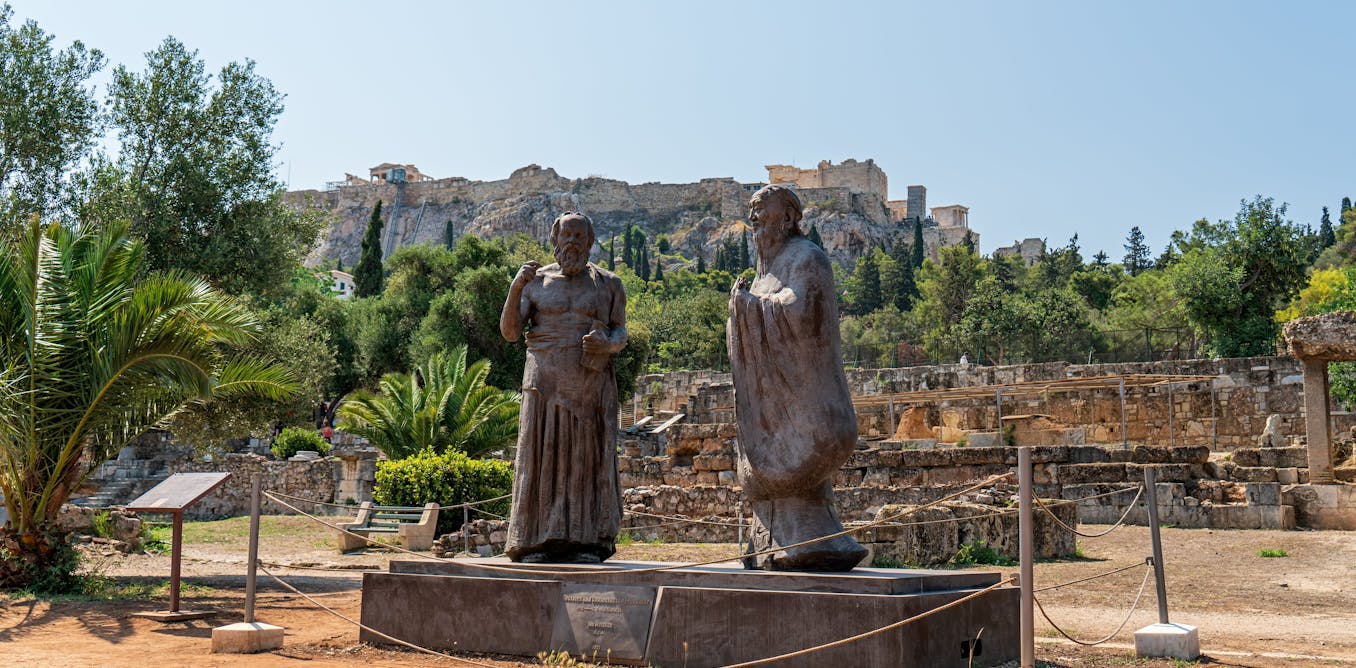What’s Your Leadership Language? | Rosita Najmi | TED
“What’s Your Leadership Language?” is a thought-provoking TED talk by Rosita Najmi that delves into the concept of leadership languages and the importance of being multilingual in the world of leadership. Drawing from her experience as an Iranian refugee who grew up in rural east Tennessee and as someone who has lived and worked in over 30 countries, Najmi shares her journey of discovering the diverse leadership languages that exist across different sectors and cultures.
In this talk, Najmi discusses her realization that leadership is not just about different styles, but also about understanding and speaking the language of various organizational and cultural worlds. She emphasizes the need for leaders to become conversant in these languages in order to effectively communicate and contribute to different sectors such as the corporate world, nonprofit sphere, international development, and the public sector.
Najmi’s message revolves around the idea that there is no one-size-fits-all leadership style. Instead, leaders should focus on adapting and personalizing their leadership to suit the specific needs of different situations and people. She emphasizes the importance of being multilingual in leadership, being able to speak fluently with all groups, and translating among them.
Drawing from her extensive experience and research, Najmi offers insights into the impact of multilingual leadership, particularly in addressing complex issues such as gender equality. She encourages leaders to focus on learning and mastering different leadership languages in order to effectively address the root causes of complex issues and collaborate across sectors to find solutions.
Overall, “What’s Your Leadership Language?” challenges leaders to shift their focus from leadership styles to leadership languages and inspires them to consider which languages they will learn next in their leadership journey.
Watch the video by TED
As an Iranian refugee who grew up in rural east Tennessee, and someone who studied, lived and worked in over 30 countries, I thought I knew how to navigate across cultures and languages. I was wrong. There I was, day one of business school, getting my bearings and hearing an alien language.
It wasn’t English, French, or my native Persian. It was a bouillabaisse of languages, jargon from across the organizational multiverse: the corporate world, the nonprofit sphere, international development and the public sector. It was weird. In business school, I thought I’d learn about leadership styles. What I found were leadership languages.
And I learned that by becoming conversant in these languages that I could communicate with and contribute to all of these worlds. So how does one become multilingual? Here’s my story. In college, I went to West Africa to study microfinance and economic empowerment. Seeing a large public health need,
I cofounded and led a nonprofit collecting medical supplies and money. We saw what collective action could yield, and we were creative with our advocacy and our fundraising, with campaigns like “Band Aids for Benin.” Along the way, I studied different leadership styles: autocratic, democratic, laissez faire, servant, collaborative, transformational and more.
I read books, attended trainings and I even had the privilege to study with some of the greats and to work with General Colin Powell and Dr. Maya Angelou. After all of this, I became convinced that there’s no best type of leadership. So many of us just default to one style or another,
Similar to how we’re born with our native tongue. But this default style doesn’t work in every situation. Many leaders obsess over leadership style when really they just need to get over themselves. Sorry, leader, it’s not about you. What’s more useful is to adapt and personalize your leadership to be the leader the situation and the people involved need. It’s not so much style as language, the living vernacular of each discrete community and culture. The successful leader will aspire to be multilingual,
To speak fluently with all groups and to translate among them. In 2012, while working at the Omidyar Network, I was one of the sponsors of a two-year study of 12 impact investing funds. One of the “ahas” of this project was that the most successful funds were those led by multilingual leaders,
People that could communicate across the corporate, nonprofit, philanthropic and public policy perspectives. These leaders also made sure that others on their team were multilingual. This came to me as a bit of a surprise. I expected the secret sauce to be in sophisticated financial modeling or some other type of complex analysis.
According to this study, the multilingual leader will describe their work as being unremittingly financially driven — business speak, moving the needle on social and environmental challenges — nonprofit and philanthropic speak, while addressing systemic market failures — public policy speak. The study further found the need to be conversant into four industry languages.
Those are finance, nonprofit, government and international development. The multilingual leader was something that seemed very familiar to me. This really rang true based on my own experience of patchworks across these sectors, and it took me back to that first weird day in business school.
Now that we’ve described the how, let us turn to the what. Where should leaders focus? I will modestly propose three topics that cut across issues, and together we’ll double-click on one of them. Data, climate, power. How each of these sectors measure the impact and even the timing,
The tempo and the tools that they use for each could not be more different. Say you’re the private sector at one end. You have accounting on a daily, a weekly, a monthly and quarterly increments. The public sector. You’re working on multi-year election cycles. The nonprofit and philanthropic sector,
Well, you may give yourself 15 years or even a generation to reach a goal. Yet all of these sectors must come together to reach these outcomes. To make it real, let’s look together about how these sectors can come together to address power with the focus on gender equality.
Say you’re a public sector leader. You have the unique ability to create equity, a level playing field, so everyone has a fair shot. You can create regulations and incentives to increase the use of gender data. You can set goals for women on boards and in public office.
You can practice gender budgeting and you can mandate paid care. Say you’re a leader in the business sector. You can design products and services that unleash the economic power of the female customer. You can fortify and diversify your supply chain with women-owned businesses, and you can invest in your female talent pipeline
With pay equity and leadership opportunities so that your corporate decisions are more inclusive. Or maybe you work in philanthropy or international development. You can help remove the barriers, whether formal or informal, that influence how power is distributed. You can fund the research and training
That both the public and the private sector need to do their part. You can fund campaigns and grassroots efforts that influence social and cultural norms. And you can help get women in decision-making roles in their households, in their communities, in their countries and in economies. The multilingual leader can be conversant
And use the languages of all of these sectors to identify the root causes, and then collaborate together to find the solutions to these complex issues. So here is over 20 years of experience distilled into one sentence. Don’t fret over your leadership styles, focus on your leadership languages. So over to you, leader.
Which languages are you going to learn next? Thank you.
About TED
The TED Talks channel features the best talks and performances from the TED Conference, where the world’s leading thinkers and doers give the talk of their lives in 18 minutes (or less). Look for talks on Technology, Entertainment and Design — plus science, business, global issues, the arts and more. You’re welcome to link to or embed these videos, forward them to others and share these ideas with people you know.
Video “What’s Your Leadership Language? | Rosita Najmi | TED” was uploaded on 01/04/2024 to Youtube Channel TED


































